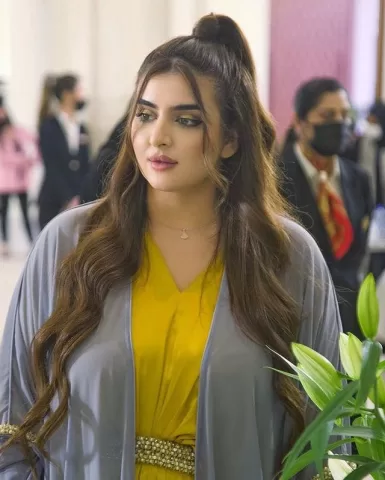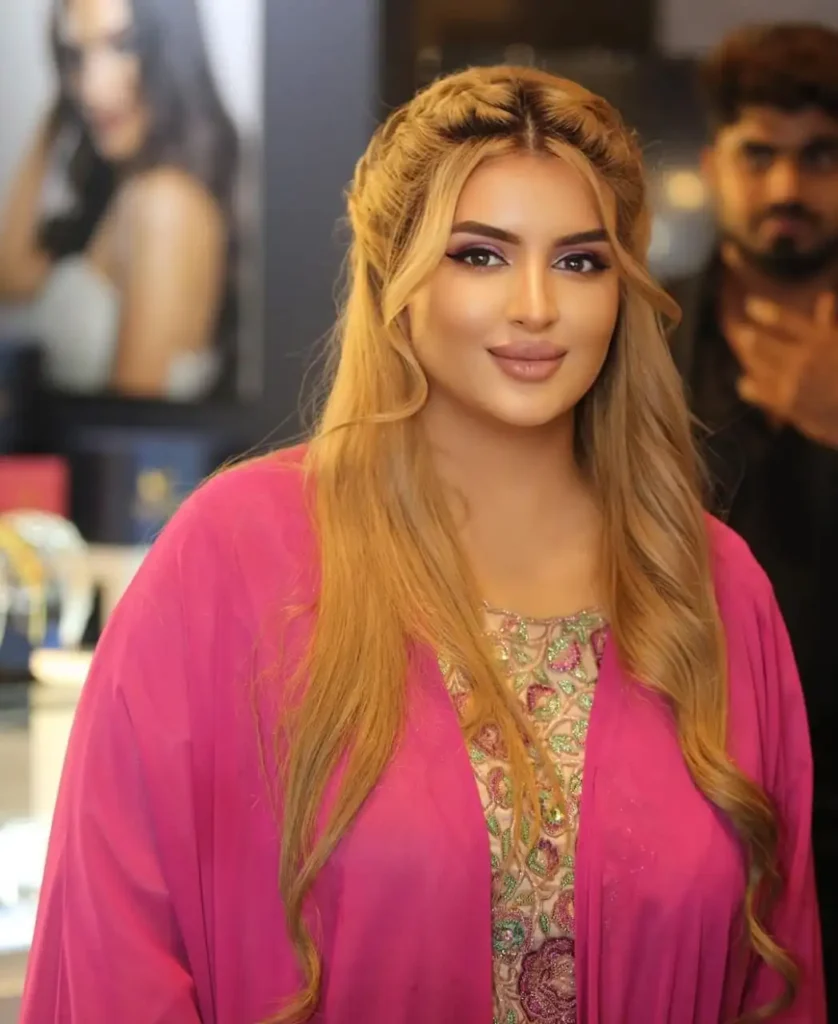The recent barat ceremony of Sheikha Mahra bint Mohammed bin Rashid Al Maktoum, daughter of the Vice President and Prime Minister of the UAE and Ruler of Dubai, captured the hearts of many around the world. As one of the most admired members of Dubai’s royal family, Sheikha Mahra has always drawn attention for her grace, intelligence, and deep connection to her heritage. Her wedding was no different—it stood out as a lavish yet deeply emotional affair that brought together tradition, elegance, and royal prestige in an unforgettable celebration.

The term “barat” is traditionally associated with South Asian wedding culture, referring to the groom’s formal procession to the bride’s residence or wedding venue. Interestingly, in the context of Sheikha Mahra’s wedding, this concept was reinterpreted with a unique Emirati flavor. While maintaining the grandeur and symbolic richness of a barat, the event beautifully integrated local customs, values, and aesthetics.
A Royal Love Story
Sheikha Mahra’s marriage to Sheikh Mana bin Mohammed bin Rashid bin Mana Al Maktoum marked not just a personal milestone but also a union between two highly respected members of Dubai’s royal lineage. Sheikh Mana is known for his service, leadership, and commitment to preserving the values of the UAE. Their engagement had already stirred excitement across the region, and the barat ceremony was eagerly anticipated.
Though the couple has largely kept their personal life private, what is known is that their relationship is founded on shared respect, mutual admiration, and a deep-rooted sense of cultural identity. The barat was a testament to that connection, as it reflected both their personalities and their families’ values.
Setting the Stage: Location and Decor
The barat ceremony was hosted at one of Dubai’s most iconic royal palaces, transformed into a venue that blended timeless Arabic beauty with contemporary elegance. From the moment guests arrived, they were greeted by the aroma of frankincense, fresh rose petals scattered along the walkways, and the mesmerizing notes of traditional Emirati music.
The venue itself was adorned with intricate geometric patterns, gold accents, and crystal chandeliers that reflected light like stars. Floral arrangements were carefully curated, combining desert blooms with imported white orchids and roses. Every detail was meticulously planned to honor tradition while presenting a vision of modern luxury.
A stage was set up for the couple’s grand appearance, flanked by massive pillars draped in white and gold. LED projections illuminated the palace walls with poetry verses in Arabic, many of them handpicked by the bride herself.
The Bride’s Entrance and Attire
Sheikha Mahra’s entrance was the highlight of the evening. Dressed in an exquisite bridal gown inspired by both traditional Emirati and haute couture design, she made a majestic appearance that left the audience in awe. Her gown featured handcrafted embroidery using threads of gold and silver, interwoven with pearls and crystals. The veil was a long, flowing masterpiece with Arabic calligraphy embroidered along the edges, featuring verses from poetry and blessings.
Her jewelry was equally symbolic—a stunning tiara that once belonged to her grandmother, heirloom bracelets, and earrings that reflected the heritage of Dubai’s royal family. Her overall look was a graceful tribute to the Emirati woman: proud, dignified, and beautiful in her modesty.
The Groom’s Arrival – The Emirati Barat
Though the term “barat” is not native to Emirati tradition, Sheikh Mana’s arrival had all the hallmarks of a grand procession. Accompanied by male family members, tribal leaders, and close friends, he arrived on horseback, symbolizing strength and honor. Traditional sword dances, known as the Ayala, were performed, and drums echoed through the palace grounds in rhythmic harmony.
The groom was dressed in a finely tailored bisht (traditional Emirati cloak), worn over a pristine white kandura. His head was covered with the ghutra and held in place with a golden agal, marking the significance of the occasion. As he walked through the venue, elders offered prayers and blessings, wishing the couple a life of peace and prosperity.
The Ceremony and Traditions
Unlike Western-style weddings that are formalized with vows, Emirati wedding ceremonies emphasize spiritual unity, family bonding, and blessings. A prominent Islamic scholar recited a short sermon (khutbah), followed by the formal signing of the nikah contract (marriage agreement) in a private room. Family members from both sides were present as witnesses.
Following the formalities, the couple rejoined the guests, where they were greeted with warm cheers, songs, and poetic tributes. A group of women performed the Harbiya dance, a celebratory performance often seen at weddings and national events. The atmosphere was jubilant, yet respectful—a reflection of the values held by the ruling family.
Culinary Delights
No royal celebration is complete without a feast, and Sheikha Mahra’s barat was no exception. A wide range of traditional Emirati dishes were served, including machboos, harees, stuffed lamb, and dates with gahwa (Arabic coffee). International cuisines were also available, ensuring a blend of cultures and tastes that reflected Dubai’s cosmopolitan identity.
The desserts section was especially noteworthy, with handcrafted chocolates bearing the couple’s initials, golden date cakes, and traditional luqaimat served with date syrup. Food was not merely a necessity—it was a vital part of the celebration, symbolizing abundance, hospitality, and joy.
